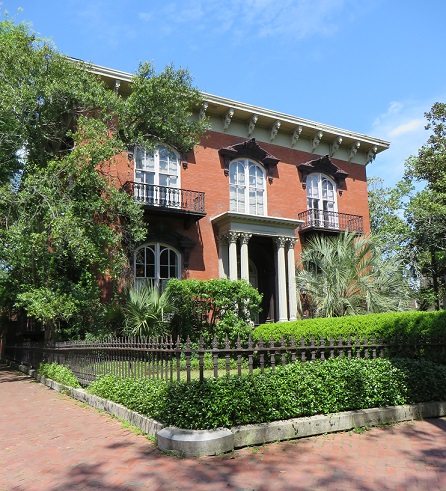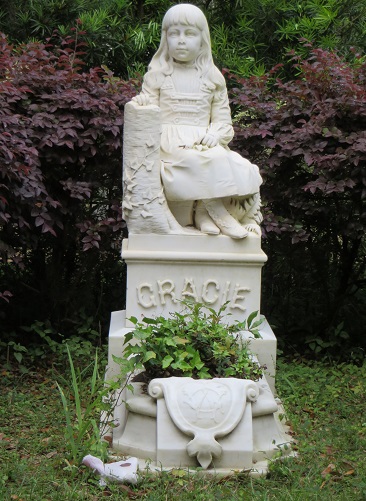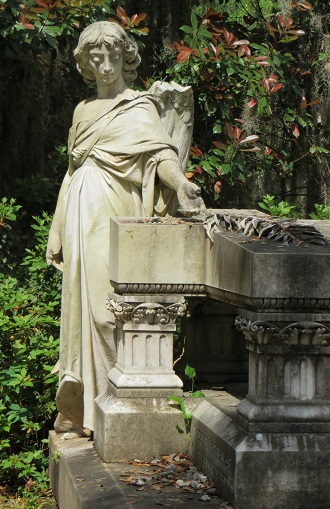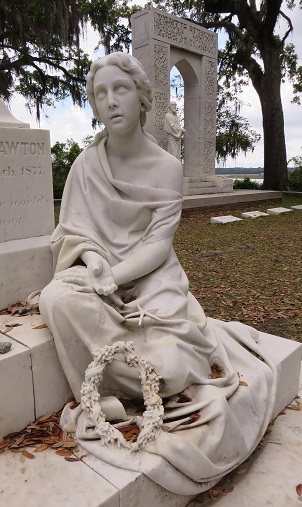Our Capital Adventure
Our week in Roanoke Rapids went by pretty quickly, and was a good way to relax a bit before we continued on up the East Coast to Manassas, VA and Washington, D.C. When we arrived at Bull Run Regional Park in Manassas, VA, we were greeted by the sounds of fairly close gunfire. Now, that may sound extremely alarming to those that aren’t familiar with this park, especially when you consider the crime rate around Washington, D.C., but this was nothing to be frightened of. In addition to a great campground, the park also contains the only public gun range in northern Virginia, and although it was a bit more noise than one would think about in a park, it didn’t disturb us or ruin our stay. We simply imagined it to be the shots of Confederate and Union troops confronting each other just down the road, as they did over 150 years before at the battles of First and Second Manassas. And speaking of that battlefield…
Because Lewis was doing light duty for his work both this week and the next (his first “vacation” in nearly 10 years!), our first day was spent touring Manassas National Battlefield Park, site of the battles of both First Manassas in July of 1861 and Second Manassas in August of 1862 during the Civil War. The weather was chilly and rain showers kept us fairly well damp the entire time, but we still got out of the truck and wandered around Henry Hill, center of the fighting during First Manassas, and the various sites along the driving tour of the much more spread out Second Manassas battlefield. It was not nearly as well marked as the battle grounds around Vicksburg, but the 45 minute introductory movie in at the Visitors Center and the 8 minute interactive audio map at the Brawner Farm helped us keep straight on what happened where and when during these two separate battles.
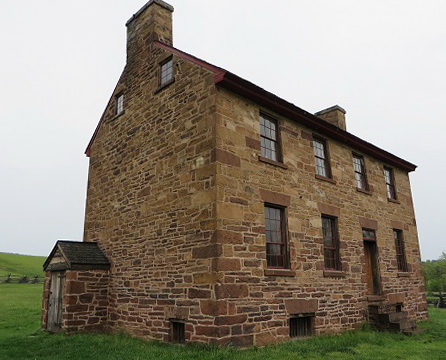
The Stone House, used as a hospital during both battles, at Manassas Battlefield National Park.
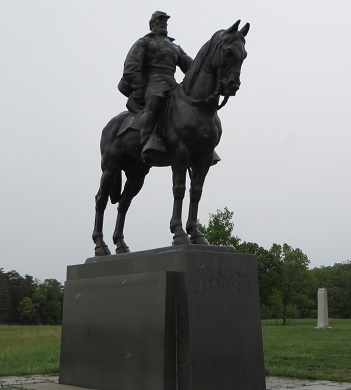
A monument of Thomas Jonathan “Stonewall” Jackson, who received his famous nickname at this exact location during First Manassas.
We also took a half day to visit the Steven F. Udvar-Hazy Center, a sort of “overflow” site for the National Air and Space Museum and adjacent to Dulles International Airport. These two huge hangers display the planes, rockets, and spacecraft that simply won’t fit in the museum on the National Mall in Washington, D.C. proper, like the Enola Gay, a Lockheed SR-71 Blackbird, the Concorde and the Space Shuttle Discovery. We spent much longer here than we thought we would, but it was such an engrossing experience that we kept finding things to see and linger over. Even leaving the parking lot at the end of your visit can be a jaw-dropping event, as the road runs close to the end of one of the runways for Dulles and can result in planes flying very low over your vehicle if both your timing and the wind direction are right.
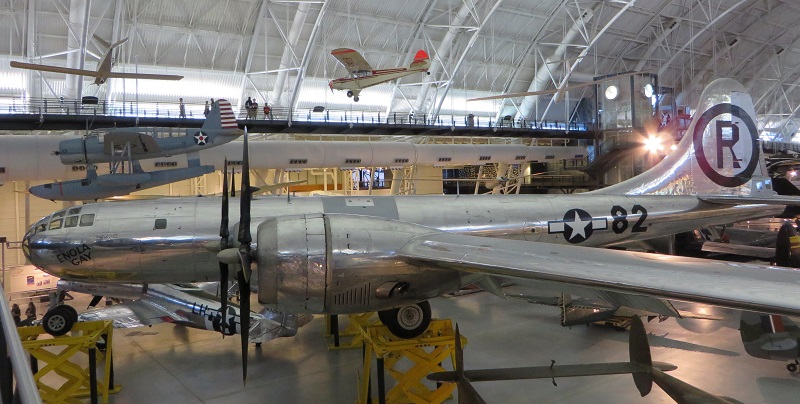
The Boeing B-29 Superfortress Enola Gay, first aircraft to drop an atomic bomb. The bomb, “Little Boy”, targeted Hiroshima, Japan during WWII.
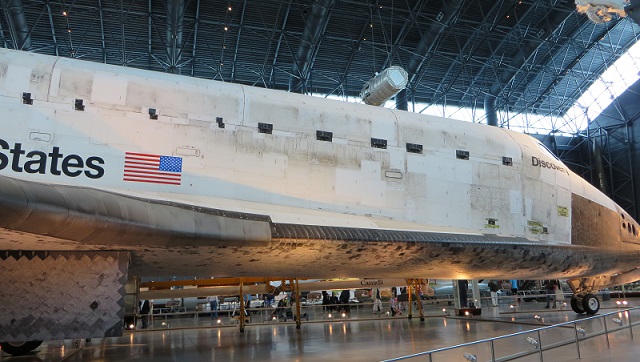
Up close and personal with Space Shuttle Discovery.
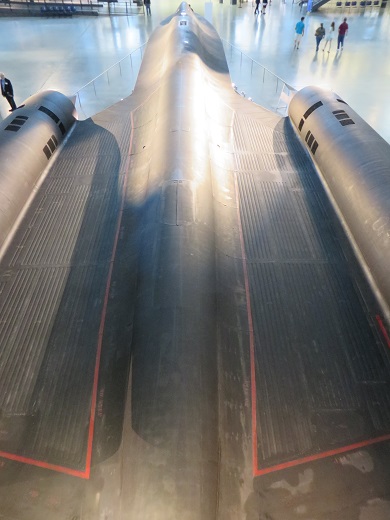
An interesting view of the Lockheed SR-71 “Blackbird” spy plane. Not something easily observed in a plane with a flight ceiling of 85,000 ft and top speed of 2,200+ mph!
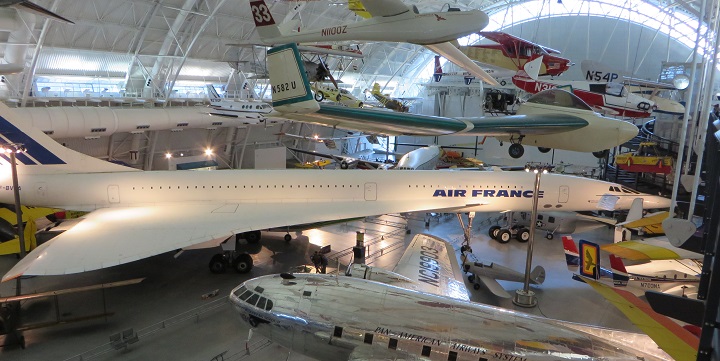
The Concorde, the fastest commercial airliner in the world for most of its 27-year career.
While we didn’t manage to be selected for tickets to visit the White House (darn it!), we did manage to get on the tour list for another hard-to-visit attraction within D.C. proper – the State Department’s Diplomatic Reception Rooms. Normally the location of “official government entertainment” in Washington, D.C., the Diplomatic Reception Rooms are where the Secretary of State, Vice President, and Members of the Cabinet sign treaties, work on trade agreements and host foreign dignitaries. The rooms are filled with museum-caliber antiques and artworks that are meant to represent the era of America’s conception and youth (1750-1825) as well as commemorating past accomplishments of our nation and are absolutely stunning visually. It was well worth our time and the extensive security screening we had to go through before the tour.
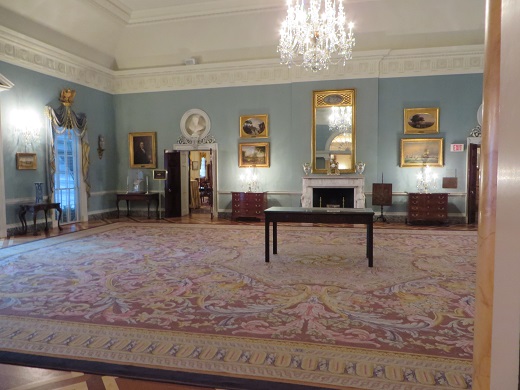
The Thomas Jefferson State Reception Room, used by the Secretary of State for smaller official lunches and dinners.
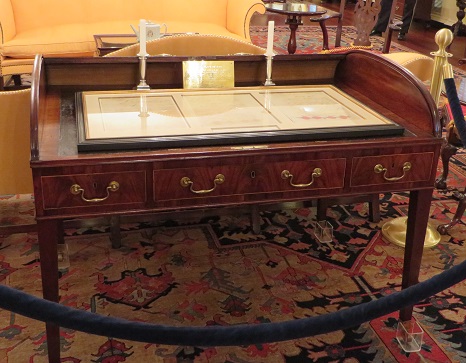
The writing desk upon which the Treaty of Paris was signed in 1783, ending the American Revolutionary War.
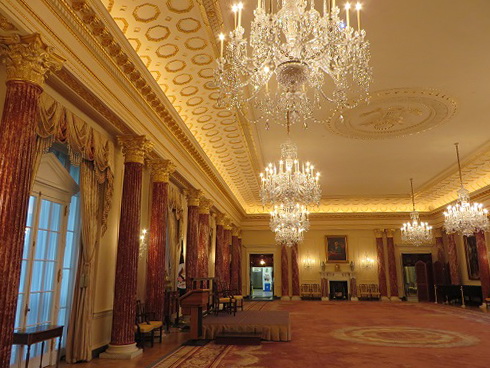
The Benjamin Franklin State Dining Room, the largest of the Diplomatic Reception Rooms.
The last location we visited while staying at Bull Run was Arlington National Cemetery. Once the land which belonged to George Washington’s step-grandson as well as the family home of Robert E. Lee, Arlington is now the final resting place of over 400,000 service members and their families, along with other notable Americans. On the day we visited, 27 funeral services were scheduled, including a high honors one for U.S. Air Force four-star general William Young Smith. The persistent drizzle that fell from the sky for much of our visit was like tears of the heavens raining down upon us as we paid our respects to those buried within the hallowed grounds.
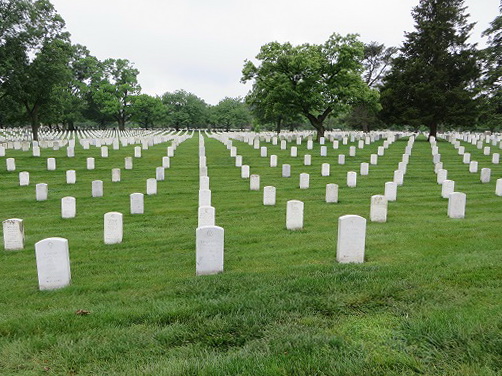
Looking over a portion of the “Sea of Stones” at Arlington National Cemetery.
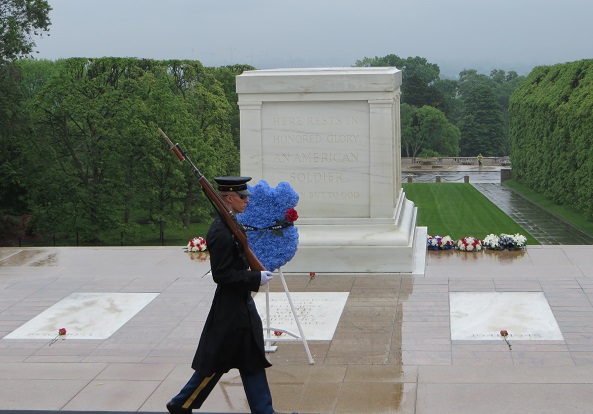
The Tomb of the Unknowns, with a Sentinel (aka ‘Tomb Guard’) from the 3rd U.S. Infantry Regiment (The Old Guard).
As the week drew to a close, we moved our fifth wheel to Cherry Hill Park on the other side of Washington, D.C. in College Park, MD to continue our adventure. Our nation’s capital contains so many sights to see and attractions to visit that it is impossible to see even a small fraction of everything in a week. Heck, even a month probably would not be long enough to take the majority of it all in!
Our second week in the Washington D.C. area began with visits to the National Museum of Natural History, the National Museum of American History, the National Museum of the American Indian, and the National Air and Space Museum, all part of the Smithsonian. These museums have changed quite a bit from when I visited them during a seventh-grade school field trip (the National Museum of the American Indian didn’t even exist back then), and I honestly don’t feel it’s in a good way. Sure, the displays have been updated and new information added, but gone is the truly informative, educational feel and now they seem to be more dumbed down “edu-tainment” – lots of looks but very little content. Even the gift shops, which can now be found on each and every floor of each museum, contain pretty much the same stuff from one museum to another, and most of it is made in China. Definitely not the neat gift shops in which you could spend bunches of cash on cool, unique historical or space items that they were back in the late ‘80s. And there might not be any sales tax on your purchases because the museums are federally funded, but they certainly jack up the prices of the items to make up for the lack. Oh well, times certainly change.

The male African bush elephant (Loxodonta africana) still stands in the Rotunda of the National Museum of Natural History.
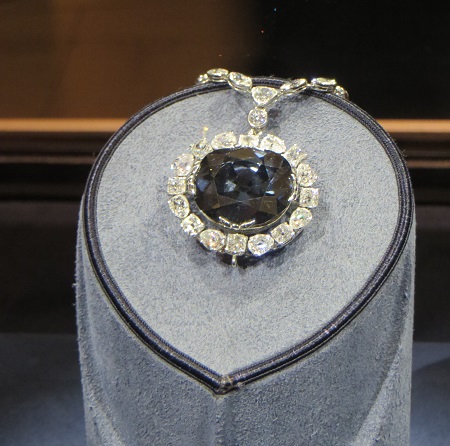
The Hope Diamond, all 45.52 carats of it.

A 2000-year-old mummy, mostly unwrapped, at the National Museum of Natural History.

The kitchen of award-winning chef, author, and tv personality Julia Child, which she donated to the Smithsonian in 2001.
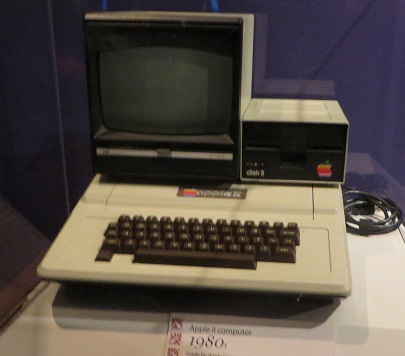
An Apple II personal computer from 1980. I remember using one just like this in school. Thankfully technology has come a long way since then, or this blog wouldn’t exist!
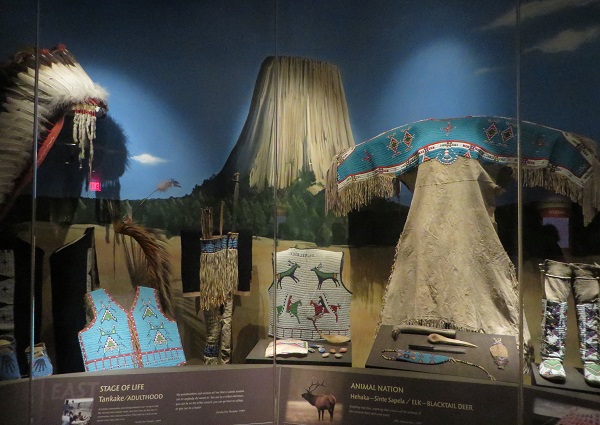
Lakota (aka Sioux) clothing and tools dating to around 1880, on display at the National Museum of the American Indian.
Later this week, we’ll be hitting some of the monuments around town and the true nerve-center of Washington, D.C. – the Capitol Building, as well as having a nice dinner out at Rasika, named one of the top 20 restaurants in America by Zagat in 2014. After that, it’s off to Pennsylvania on our way to Maine. More on all that in our next blog post, so until then…
